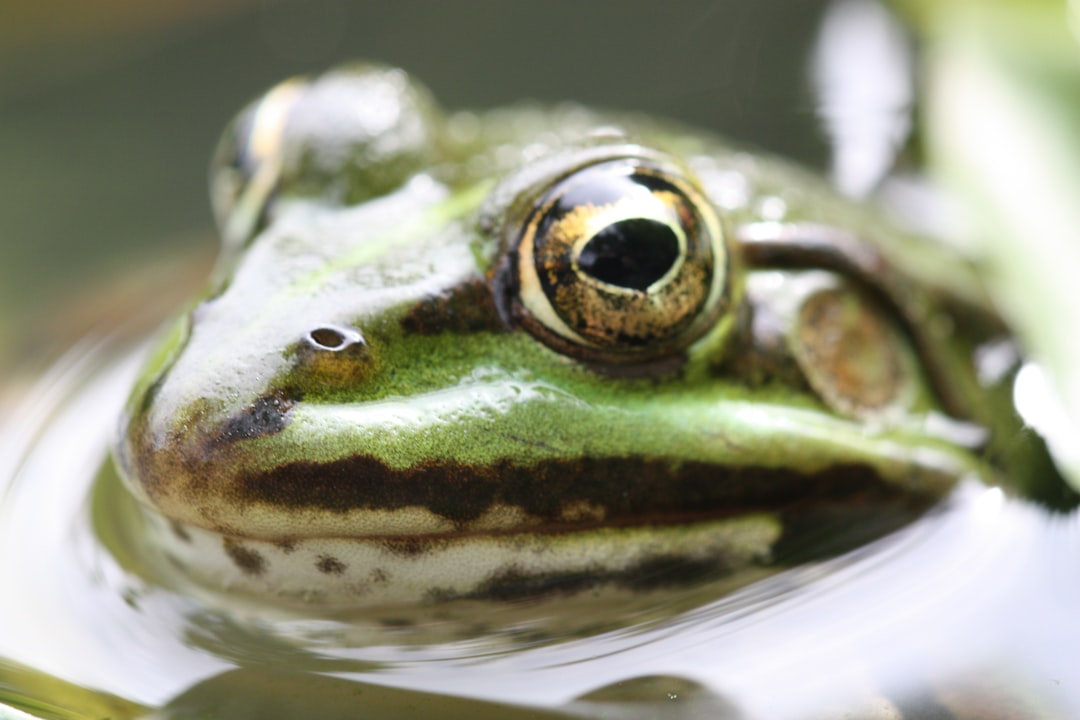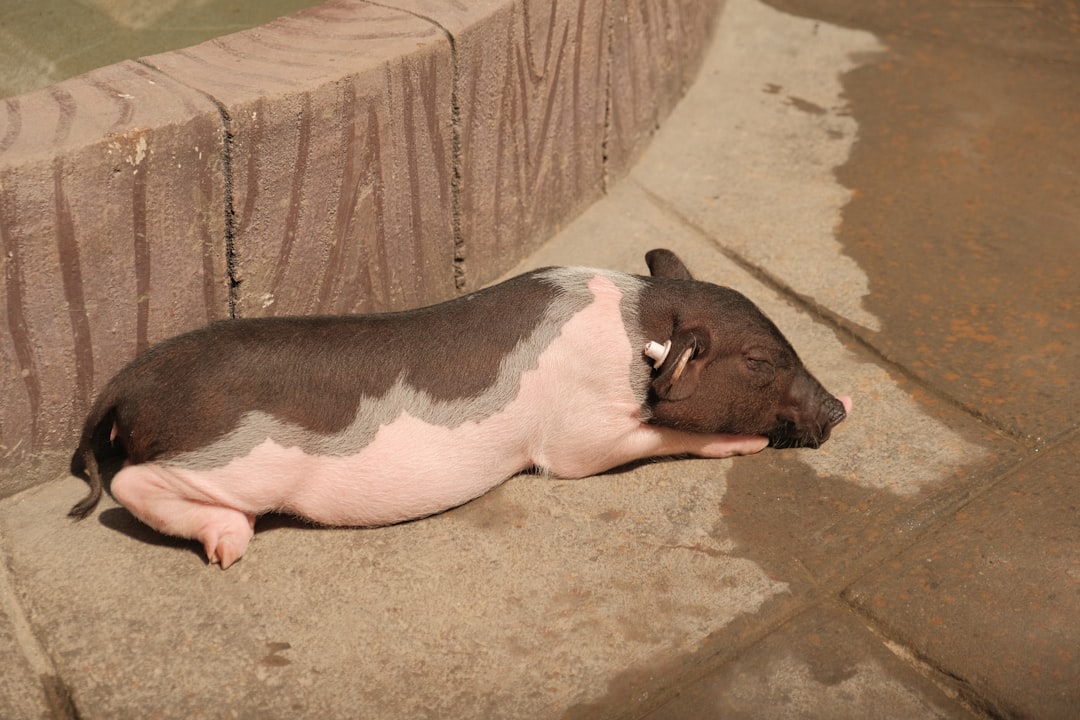What is it about?
The African fig fly, Zaprionus indianus, was first recorded in fig orchards in Brazil in 1999, at the Valinhos region, in the State of São Paulo. In view of the scarcity of biological data on this insect in Brazil, the objective of this research was to study the biology, temperature requirements, and to estimate the number of Z. indianus annual generations for the main fig producing regions of Brazil, aimed at controlling the pest. The insects were reared on artificial diet at constant temperatures of 18, 20, 22, 25, 28, 30, and 32°C, relative humidity 80 ± 10%, and 14-h photophase. Duration of the development stages was variable with temperature, being longer at the lower temperatures. Temperature also influenced viability during the larval and pupal stages and the egg-adult biological cycle, with significant differences between 32°C and the other temperature conditions. The lower temperature development threshold (TT) and thermal constant (K) values for the egg, larval, and pupal stages were 9.7 and 10.5; 9.2 and 148.6, and 10.7°C and 66.25 DD, respectively, for a total thermal constant of 262.2 DD for the egg-adult biological cycle. Based on a lower temperature development threshold of 7.9°C., Z. indianus may have up to 16.6, 12.4, and 12.7 annual generations in the regions of Valinhos-SP, Pelotas-RS, and São Sebastião do Paraíso-MG, respectively, which are traditionally known as fig producing regions in the country.
Featured Image
Read the Original
This page is a summary of: BIOLOGY, THERMAL REQUIREMENTS, AND ESTIMATION OF THE NUMBER OF GENERATIONS OF ZAPRIONUS INDIANUS (DIPTERA: DROSOPHILIDAE) FOR THE MAIN FIG PRODUCING REGIONS OF BRAZIL, Florida Entomologist, September 2007, Florida Entomological Society,
DOI: 10.1653/0015-4040(2007)90[495:btraeo]2.0.co;2.
You can read the full text:
Contributors
The following have contributed to this page










